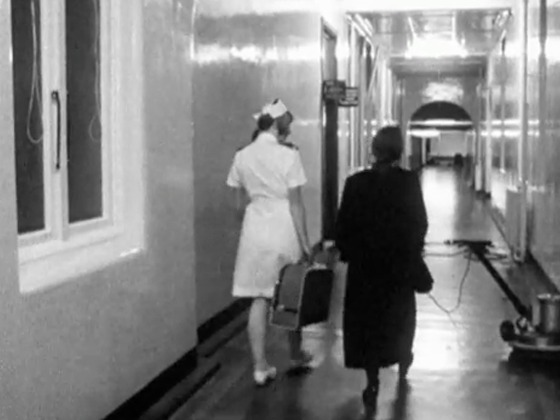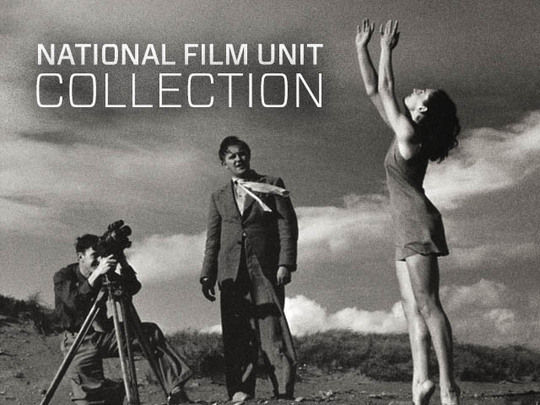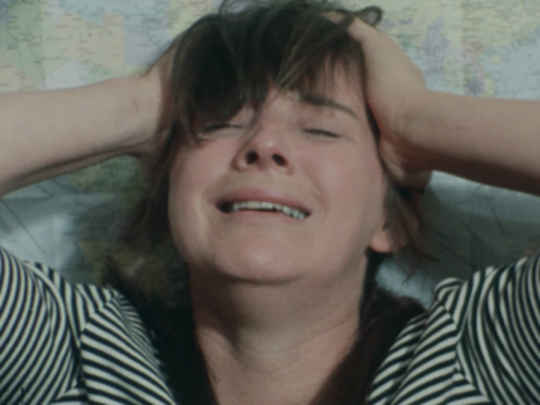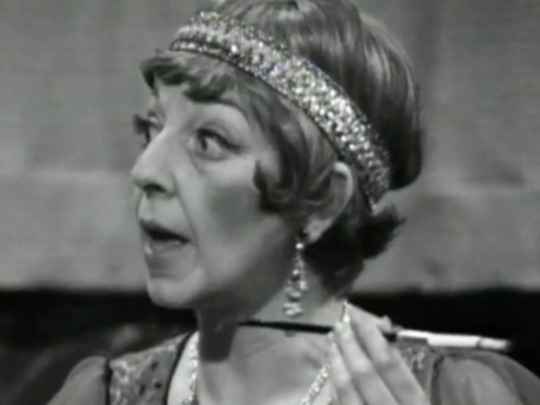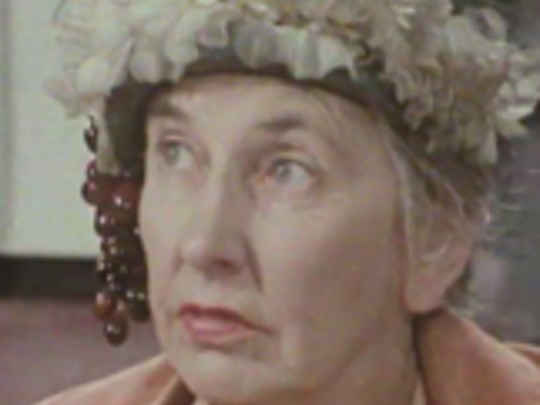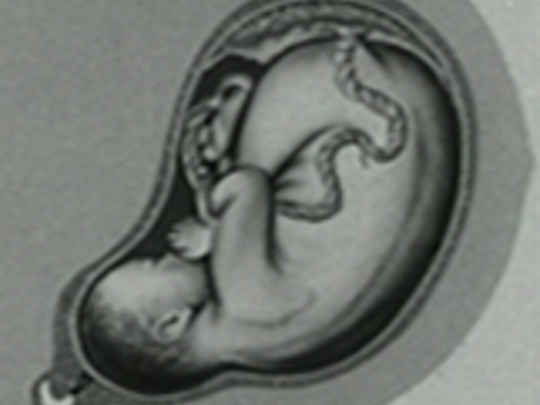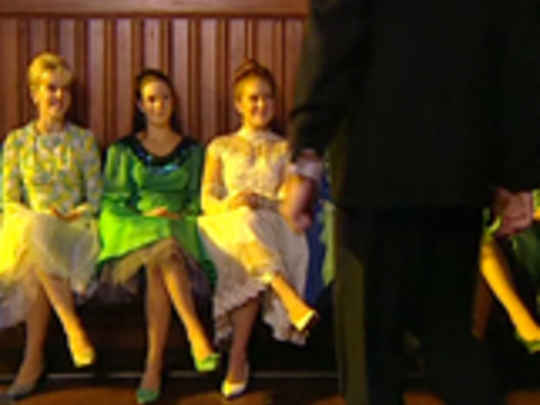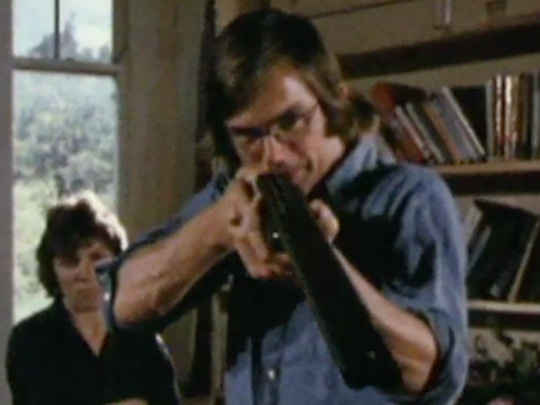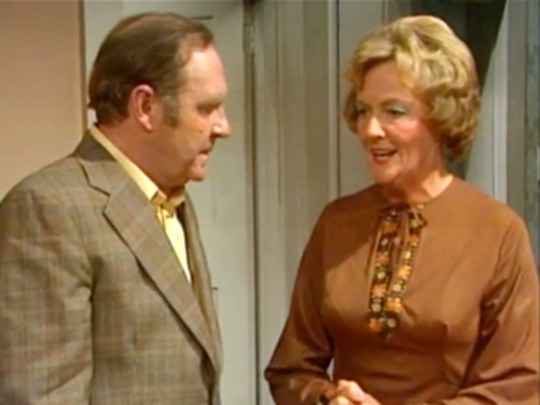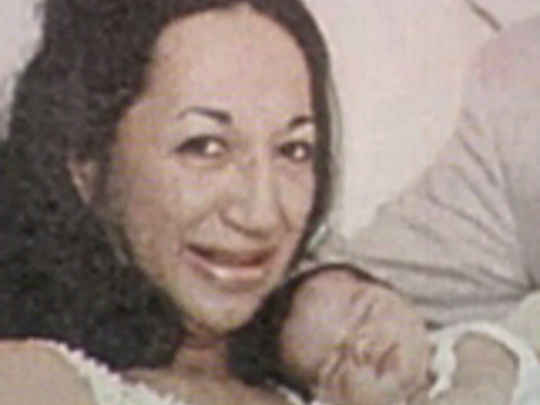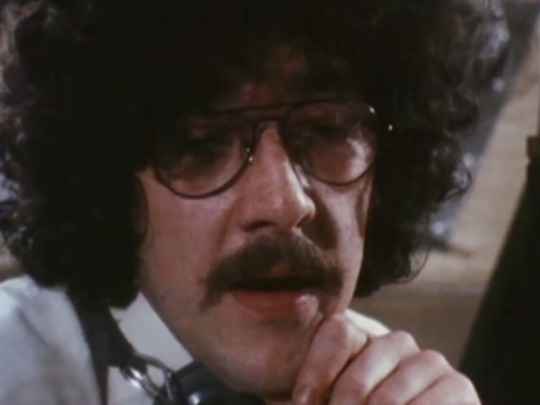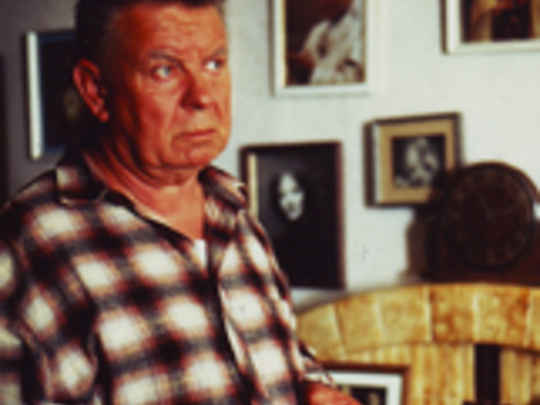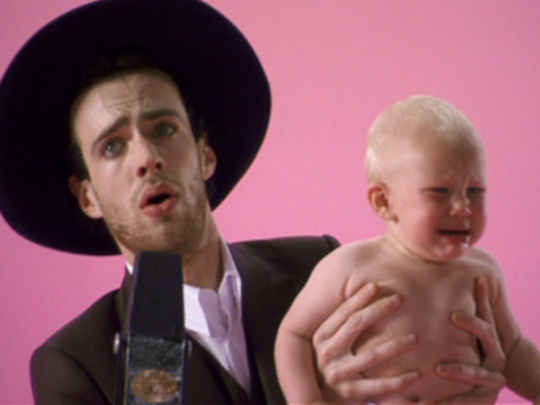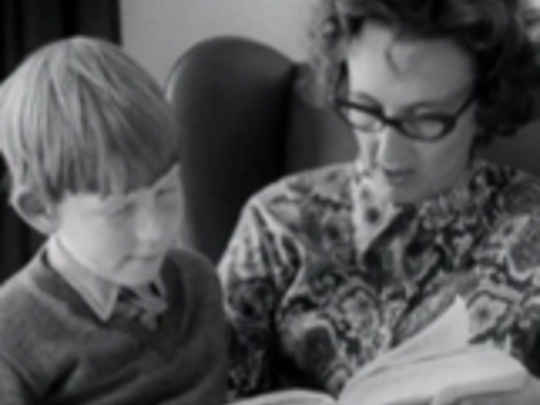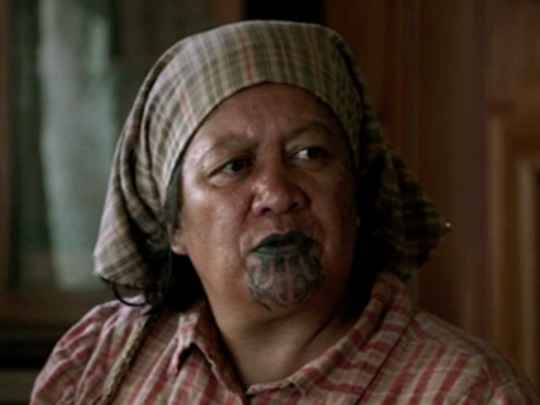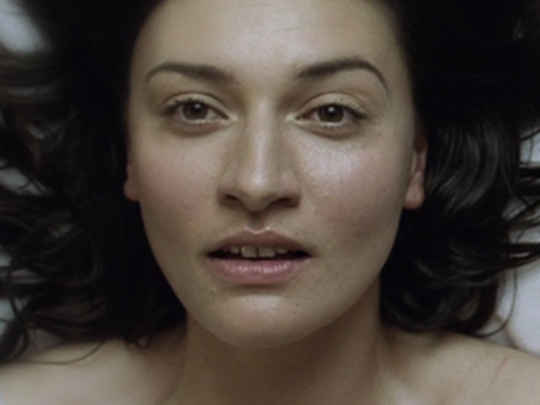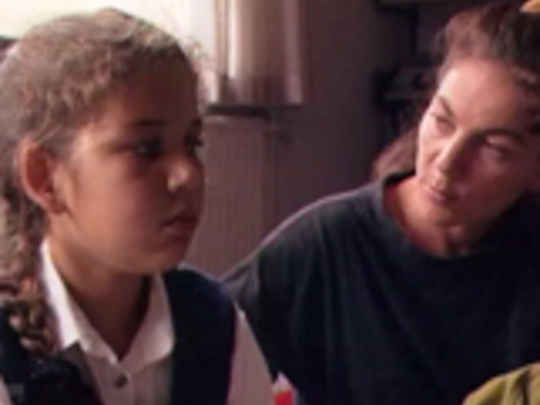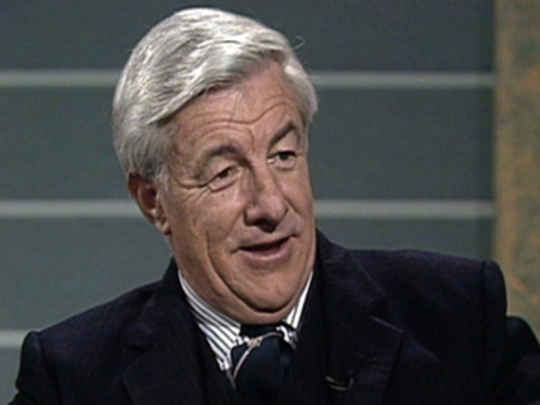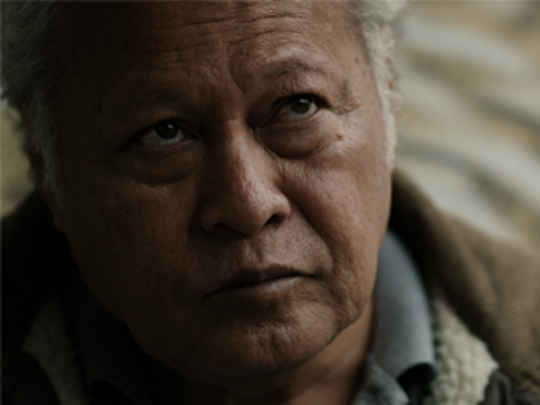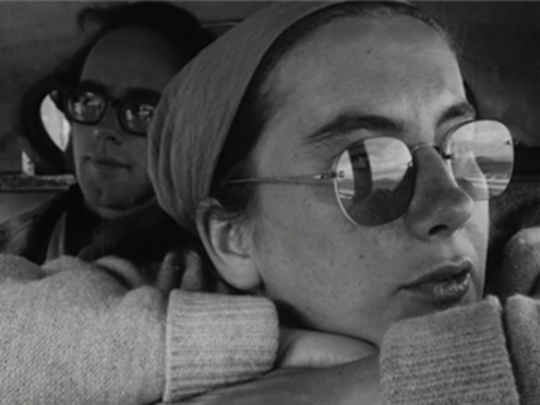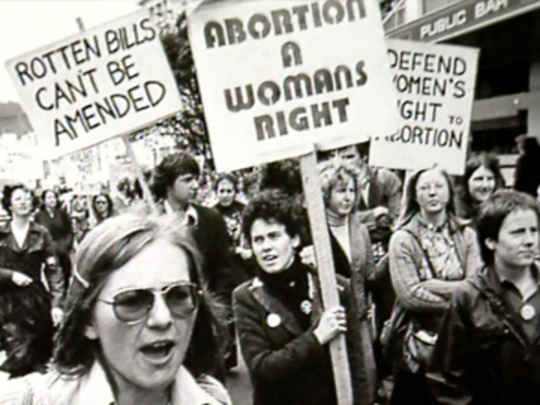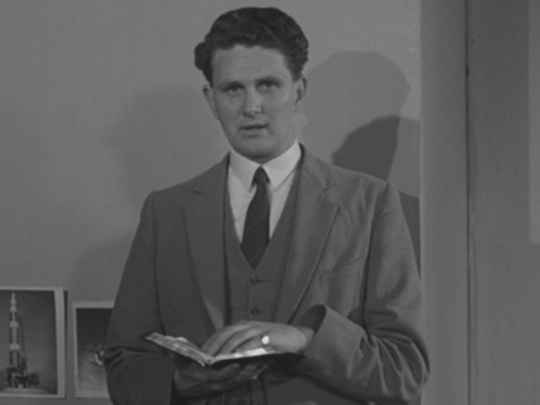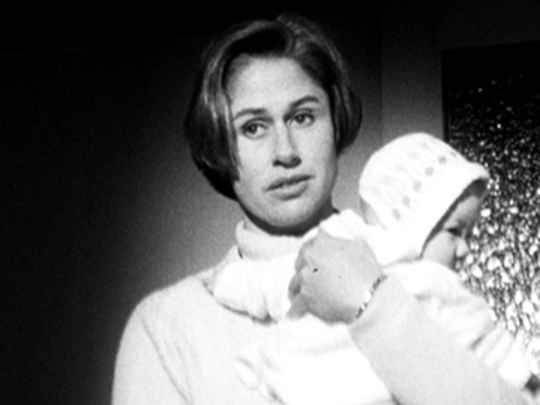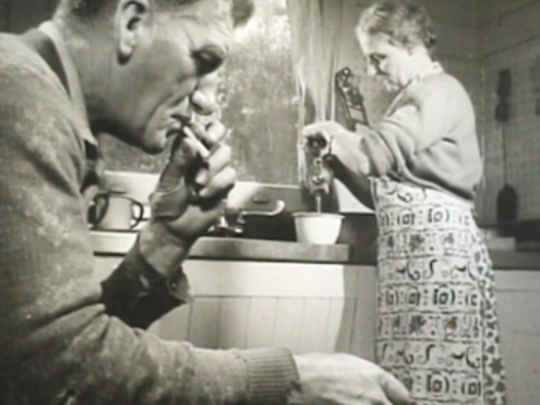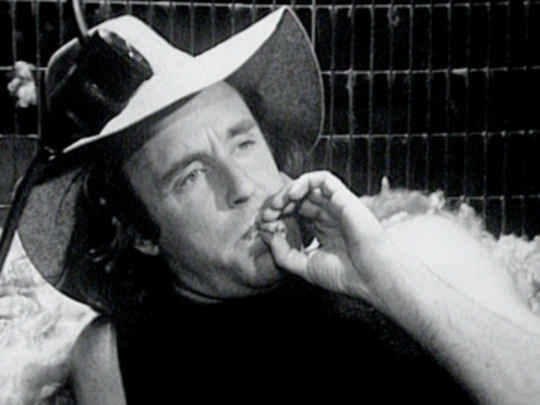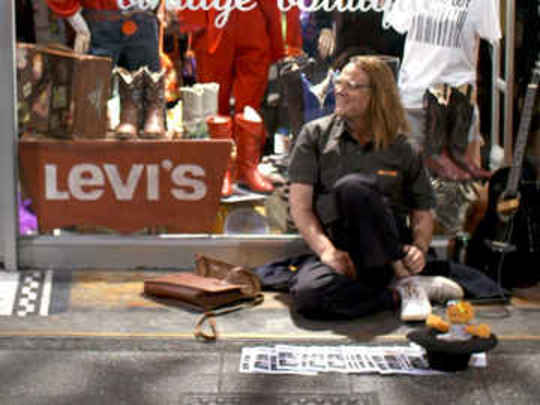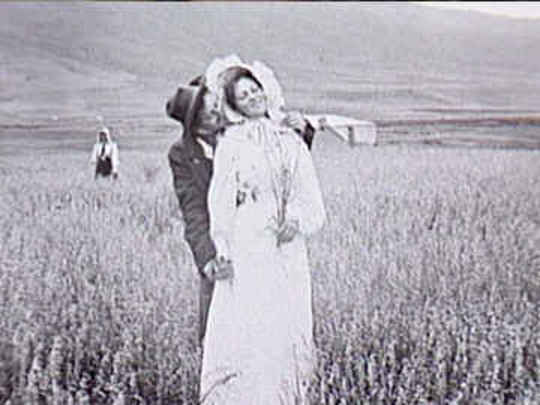Gone up North for a While
Television (Full Length) – 1972
Making Gone Up North for a While
While studying at the London Film School, Paul Maunder was impressed by the films being made by Ken Loach; films of social significance, that employed a naturalistic, almost documentary style.
After he secured a job at the National Film Unit on his return to NZ, he set about following Loach’s example. Gone Up North for A While was the first of three dramas made by Maunder while at the Unit.
It was not his employer’s remit to produce fiction films, but the organisation was in a state of flux, and trying hard to accommodate its increasingly ambitious directors. Television was the key that unlocked not just Maunder’s vision but several other directors who would go on to become important players in the film industry.
The drama vacuum at the NZBC in the early 1970s produced temporarily fortuitous conditions that encouraged independent companies like Roger Donaldson’s Aardvark Films, and Geoff Murphy’s Acme Sausage Company to flex their wings. Maunder piggy-backed onto the same momentum and became part of a loose movement.
Gone Up North for A While was very different from anything made by Donaldson and Murphy, whose strongest influences were essentially Hollywood. The social realist example of UK director Ken Loach is palpable.
Maunder’s strong interest in theatre also drew him to the US East Coast stylings of directors like John Cassavetes. Accordingly, he became one of the very few New Zealand film-makers, then or since, to employ improvisation.
He also had a passion for European cinema, particularly the French new wave, and this led him into experimenting with flashbacks, and subjective camerawork.
Maunder praised the role played by director of photography Lynton Diggle. “Lynton had worked for the Canadian Film Board, so was into progressive film making, and had a wonderful feel for the actor, which with improvisation is absolutely essential. He was also a master of the hand held camera.”
The result of these elements was very different from the staid, linear ‘teleplays’ that were the orthodox staple of television in the period. Coupled with a deliberately provocative theme lobbed at a captive single channel audience, Gone Up North For A While was guaranteed to get attention.
Post Victorian attitudes made conditions intolerable for single mothers. The 1960s brought a loosening in sexual attitudes and with it a rise in unplanned pregnancies. Maunder spotted a live social issue, and built his movie on it.
Ken Loach’s seminal film Cathy Come Home, a UK story of new parents struggling with a child, homelessness and unemployment had a huge impact and stirred debate about social justice when it screened six years earlier in the UK and Maunder’s intentions are clearly similar: to jog complacency and encourage positive action
In some measure, it almost certainly succeeded. Gone Up North For A While was widely seen and discussed at a time when parliament was debating introducing a domestic purposes benefit for unwed mothers. A year or so later, the bill was passed into law.
The film’s good ratings and a win in the drama section of the Feltex TV Awards no doubt assisted Maunder in getting another TV drama commissioned soon afterwards.
Keep an eye out for a young Paul Holmes who plays the moustached wannabe Lothario who gets Patricia pregnant.
